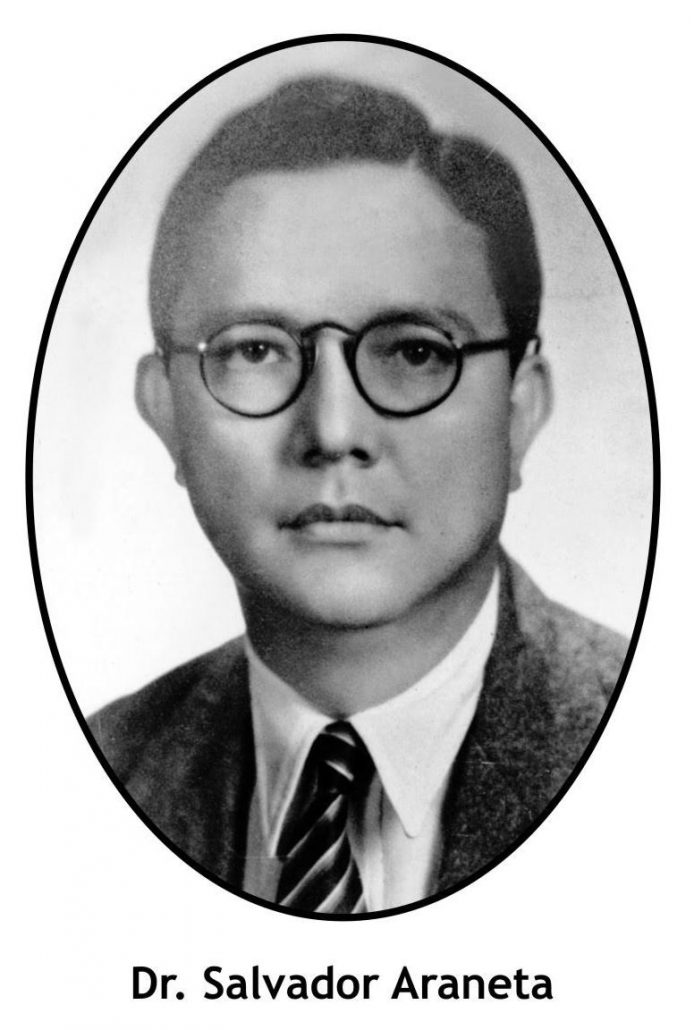 The Bayanikasan Constitution
The Bayanikasan Constitution
“The Bayanikasan Approach to a Cancerous Problem” was an article written by Araneta in reply to his detractors.
One detractor labeled his views as communistic, white the other one called him a clerico-fascist.
Araneta asserted he was neither. The latter critic was not only using crude language but one that needed expurgation.
Araneta’s reaction was that “it requires patience and the lamp of Diogenes to scan the article and to expurgate the foul language. There are also critics who could not come up with anything better than to criticize or castigate him for being rich, stereotyping him and saying that his noble actions ‘were merely to enrich himself or his friends further.’”
Araneta reminded the readers that the 10 percent who own 90 percent of the country’s wealth did not come from rich families like his own father and thousands of them, including Toribio Teodoro, Gonzalo Puyat, Vicente Madrigal, Francisco Ortigas, Leopoldo Aguinaldo, and Nicanor Jacinto. They did it without government promoting a system of savings or any policy on savings. Rather, they succeeded and did it on their own through hard work, resourcefulness and perseverance.
Araneta’s own father Gregorio was the son of Felix Araneta who had more children than money – 17 to be exact.
Gregorio sailed to Manila when he was 11 to study in Ateneo. From there he went on to study law at the University of Santo Tomas. He was involved with the Malolos Republic as Secretary of Justice. Once again, there was this clash between the so-called moneyed and the so-called peasants. Ironically, Aguinaldo himself was not poor, nor was Mabini.
It came to pass though, that there was a parting of ways between the elder Araneta and Mabini, not because he did not believe in the cause. It was because his position was abolished by Mabini who could not accept Araneta’s opinion on civil marriages.
Araneta crossed to the American line and rose to the top-most of the ladder of the American-ruled Philippine government because of his integrity, wisdom and knowledge.
When Gregorio defended Francisco Roxas, he rose to such prominence that after leaving the service of the Americans as the first Filipino Secretary of Justice and Finance, he was the most sought-after lawyer. All the best and biggest firms employed him as their retainer or consultant.
The younger Araneta explained that the aim of the Bayanikasan Constitution was to establish a “Bayanikasan way of Life” anchored on nationalism, humanism, and the best of our mores, customs, and traditions.
The Bayanikasan government will have a socio-economic system that is on a broad-based individual private property ownership, supported by cooperatives and State corporations. Thus, he envisioned a pluralistic ownership system infused with the Bayanikasan way of life.
For Araneta, it was a holy war to get and pass through to reach the “Lake of Peace and Contentment.” For him, the answer was education.
What the country needs is a revolution in the form of knowledge, and to this end, there should be a new economic, educational, social, and cultural structures imbedded in our society and culture.
The Bayanikasan Constitution that he left behind will remain in book shelves for as long as we do not tire of the status quo of just being resigned. We have to find the Goliath which is in every person to change and do away with greed and absolute power, and transform this nation into one where peace and prosperity reigns, where truth and justice prevails, and where we are all brothers and stewards of God’s creation. (To be continued/PN)





